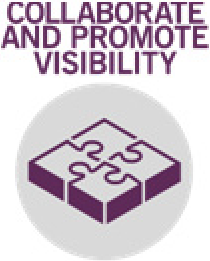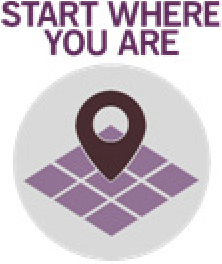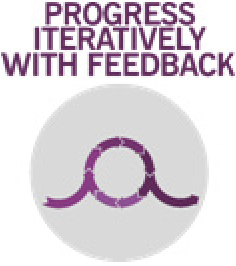ITIL 4 Managing Professional Certification Course: Direct, Plan and Improve (DPI) - Effective Communication
1. Communication is vital
1.1 Communication is a two way process We are constantly sending and receiving communications (one-way communication is broadcasting) We always need to ensure that our messages are understood: receiver of a message also must check it has been understood correctly Email with no response is not effective: use checks to see if the message has been absorbed Communicate proactively (what do people think ? How did they respond to your messages ?) |
 |
1.2 We are all communicating all the time Communicating even when we aren’t talking or writing even by omission, for example leaving someone out of an email or meeting (body language, gestures, tone of voice) Some authorities claim that non‐verbal communication is the most important aspect of all communications Be aware of your own communication style and how it affects other people. Think about other communication techniques you could try |
 |
1.3 Timing and frequency matters
Good timing is essential to get things done
Understand business periods when there is high activity and priority:
- Don’t bring up a minor issue in the middle of a major incident
- Issue service reports at a time when customers can read them
Don’t communicate planned downtime before it’s been agreed
Send customer satisfaction surveys after major initiatives/incidents
Don’t overcommunicate. Send just the right number of messages
Get close to your customers, form a relationship
1.4 There is no single best method of communication that works for everyone
We all have preferences including preferred ways of sending and receiving communications
Know who you’re communicating with to help select how to communicate, even if you can’t always do this for every person, it is a good guide
Consider alternate options, for both message and format (many business cases fail due to having no Plan B)
1.5 The message is in the medium
Format and style of a message can determine emotional response. This will affect level of importance, interest, and understanding
Use communication to help build relationships
Use relationships to help improve communication
1.6 Communication methods
One-on-one, face-to-face
Meetings/workshops
Telephone
Instant message
Social media
Graphics
By example
Recordkeeping/workflow management applications
Storytelling
Reports
2. Establishing Feedback Channels Key message: ensure that all feedback gets a response, or the next time stakeholders are asked, they may be reluctant to provide feedback. Communication is a two-way process:
Everyone needs to actively solicit feedback from stakeholders:
People must feel safe to offer feedback so allow for anonymous feedback from silent resistors Encourage feedback from named individuals as this can be directly addressed:
Monitor feedback on your communications:
|


|
Go back to ITIL 4 Managing Professional Certification Course: Direct, Plan and Improve (DPI) to finish this chapter or to the main page ITIL 4 Managing Professional Certification Course.
Interesting Management
-

Part 1: A good manager, better team motivation, better team productivity, better team results
When you are managing a team, “how to be a good manager” is the “must”...
-

Report optimization, increase your time management
As manager, I am doing many reports, even when I was an ITIL consultant, I still needed to do many reports...
-

Tools to get your ITIL intermediate certifications, the missing 15 points for the ITIL 4 Managing Professional
ITIL V3 is going to be obsolete...
-

The importance of the first customer meeting for the service
Managing an IT service when I start a new company is not an easy task, particularly true, if the service...



